The Making of a SHAFT Heroine
by Kim Morrissy,More than any other Japanese anime studio, SHAFT's brand image revolves around the sheer abstractness of animation. To them, animation isn't meant to be a window into reality. In fact, the very goal of animation is to excite the viewer with visual tricks that can only be achieved in a medium unconstrained by reality. You can see this approach to animation through the layouts and staging, and especially the anatomically improbable head tilts.
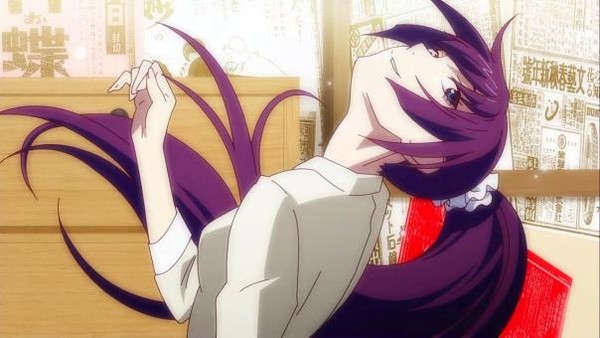
It's also something that affects the character designs and the way they're written. One of the best recent examples I can think of is their 2017 film Fireworks, Should We See it from the Side or the Bottom?. For their August 2017 issue, an art journalist magazine called Switch published interviews with several people involved with the project, including Akiyuki Shinbo (supervisor) and Akio Watanabe (character designer). The theme of these interviews was “the making of an anime heroine."
I think that it is particularly instructive to look at Fireworks as an example of how characters are crafted for their medium, because the anime film is a remake of a live-action TV film of the same name from 1993. The heroine Nazuna went through several key changes in her transition from live-action to anime film: most notably, she is now a year older. This gave Watanabe the leeway to design a very cute (and completely unrealistic) school uniform for her, as well as accentuate her more grown-up features.
Shinbo puts the biggest differences between live-action and anime representations this way: “It doesn't matter whether the characters move or not. Anime is ideal because it is comprised of images.” Unlike live-action film, where the camera is constantly rolling, anime can modulate a character's movements quite easily. Anime characters are not alive; they are images. They do not rely solely on movement to come alive onscreen, and so they must look striking even when they are static.
These are the reasons why the anime Nazuna's lips are accentuated, why her hair is not black like the live-action actress who played her, why her eyes are a window into her soul.
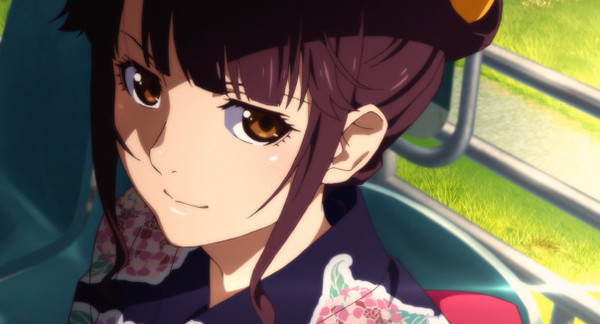
The SHAFT approach revolves around making the best of limited animation. By getting the characters to make striking poses, the viewer is invited to mentally fill in the gaps between their movements. This kind of principle is at play with comics, visual novels, and even theater. The latter is particularly relevant to Fireworks, given that the director (Nobuyuki Takeuchi) worked directly under Kunihiko Ikuhara on Revolutionary Girl Utena. Even Shinbo was strongly influenced by Osamu Dezaki's theatrical style, which has shaped SHAFT's aesthetic as a whole. SHAFT characters are presented like theater actors, complete with larger-than-life gestures and minimalist backgrounds.
All of this means that the anime Nazuna has a different vibe from her live-action counterpart, something that the original film maker actively encouraged. It also means that, by focusing on Nazuna within fleeting moments rather than drawing out her every movement, Nazuna occupies a liminal space: she is neither girl nor woman. She comes across as an ephemeral being in the film, and this is emphasized through the way she is framed and animated.
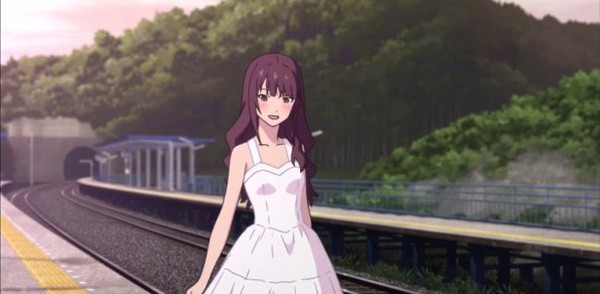
It is also worth noting that Nazuna is framed solely through Norimichi's eyes instead of standing as a fully separate individual. He is entranced by her, but nobody (not even the staff of Fireworks) can quite explain why boys find her so attractive. Part of it, they speculate, must be because boys cannot understand girls at that age. Even as grown men, they cannot claim to understand Nazuna.
This idea of “the male perspective” is central to Akiyuki Shinbo's way to thinking about anime heroines. Shinbo says that he can only draw girls through his perspective as a man. There are some major exceptions to this tendency; neither Hidamari Sketch and Puella Magi Madoka Magica had male-perspective characters, and both series had original character designs by the female artist Ume Aoki. But most of the lead staff of any given SHAFT project is male, Shinbo says, and so whenever a male protagonist is present in the anime, the story tends to be presented through his point of view.

Such is the case with Monogatari. All of the girls are filtered through Araragi's horny, horny gaze. This doesn't simply mean that the girls are sexualized or portrayed as mysterious beings whom our male perspective character can never truly understand. Rather, as the viewer follows Araragi's perspective, it becomes increasingly clear that subjectivity lies at the core of Monogatari. The “male perspective” is another form of abstractness. Those same girls who are openly sexualized in one scene will confront Araragi about his biases in the next. Sometimes, the POV shifts away from Araragi altogether or the style of visual presentation changes drastically, to the extent that the audience starts to wonder what is even real.
This is why SHAFT anime often uses still images with clear artistic intent. When we look at a series of still images, it feels more evident that we are looking at representations of something and not “the real thing.” Watching footage, on the other hand, can trick us into believing that we are peering into a cohesive worldview. Still images disrupt the narrative and remind us that animation is never representing something that is tangible.
Monogatari in particular sets out to challenge the idea that an anime should use animation to tell its story. For example, Bakemonogatari featured lots of live-action footage and stop-motion video, which was woven into the animation at seemingly random points. Not only that, but the screen would often flash with text, as if demanding the viewer stop and watch the show frame-by-frame. Although later seasons of Monogatari toned down some of the avant-garde elements, the series still has its occasional excursions into non-animated storytelling. If anything epitomizes the idea that anime is as much about non-moving characters as moving characters, it's Monogatari.

This obviously has implications for how we perceive the characters, and not just the female ones. Even in Monogatari with its near-constant male gaze filter, Araragi has been represented differently in every iteration. In Kizumonogatari, he has well-defined muscles and the camera makes it pretty obvious that Hanekawa is perving on him too.
Monogatari is the most interesting example of the SHAFT house style, partly because it was a trend-setter for the studio, and partly because the themes of subjectivity were woven into the narrative too, but it's not the only SHAFT show that seeks to emphasize subjective viewpoints. This tendency can also be seen in Fate/Extra Last Encore. Although the original game gives the player the option to play as a boy or girl, SHAFT's anime adaptation chooses the male character to lead the story. The female protagonist also appears in episode 1, however, challenging the idea that the male perspective is the default.
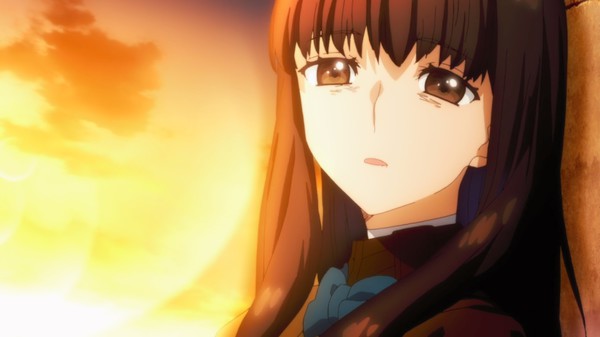
Having written all of this, I can't actually say that I like watching the characters in SHAFT anime generally. For one thing, the use of still images isn't always a deliberate artistic decision. Sometimes, they appear to be the result of time constraints more than anything. In a weak production like Mekaku City Actors, the technique is overused, dulling the impact entirely.
Nor is the style applied equally well across all SHAFT anime. For example, Nisekoi utilizes a lot of poses and reaction faces to convey characterization, but not only are a lot of those “money shots” taken directly from the manga, there's often very little transition between those shots, and the camera rarely ever moves in SHAFT shows either. This just makes the characters feel like they're reacting with histrionics in every single frame instead of having grounded personality traits. In fact, I felt as if I got a better sense of these characters through the manga, which uses orthodox manga paneling techniques to build up to those same reaction faces.
But regardless of my personal tastes, I find it interesting to think about the craft of limited animation and how it can be used to create compelling characters. This idea of SHAFT characters being represented through a moment-to-moment basis is, perhaps, what makes them interesting to watch.
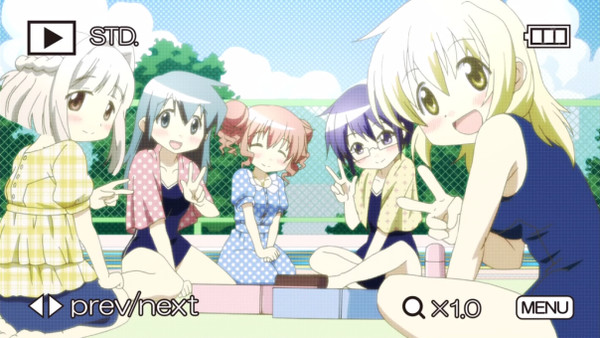
Who are some of your favorite SHAFT anime characters?
discuss this in the forum (17 posts) |